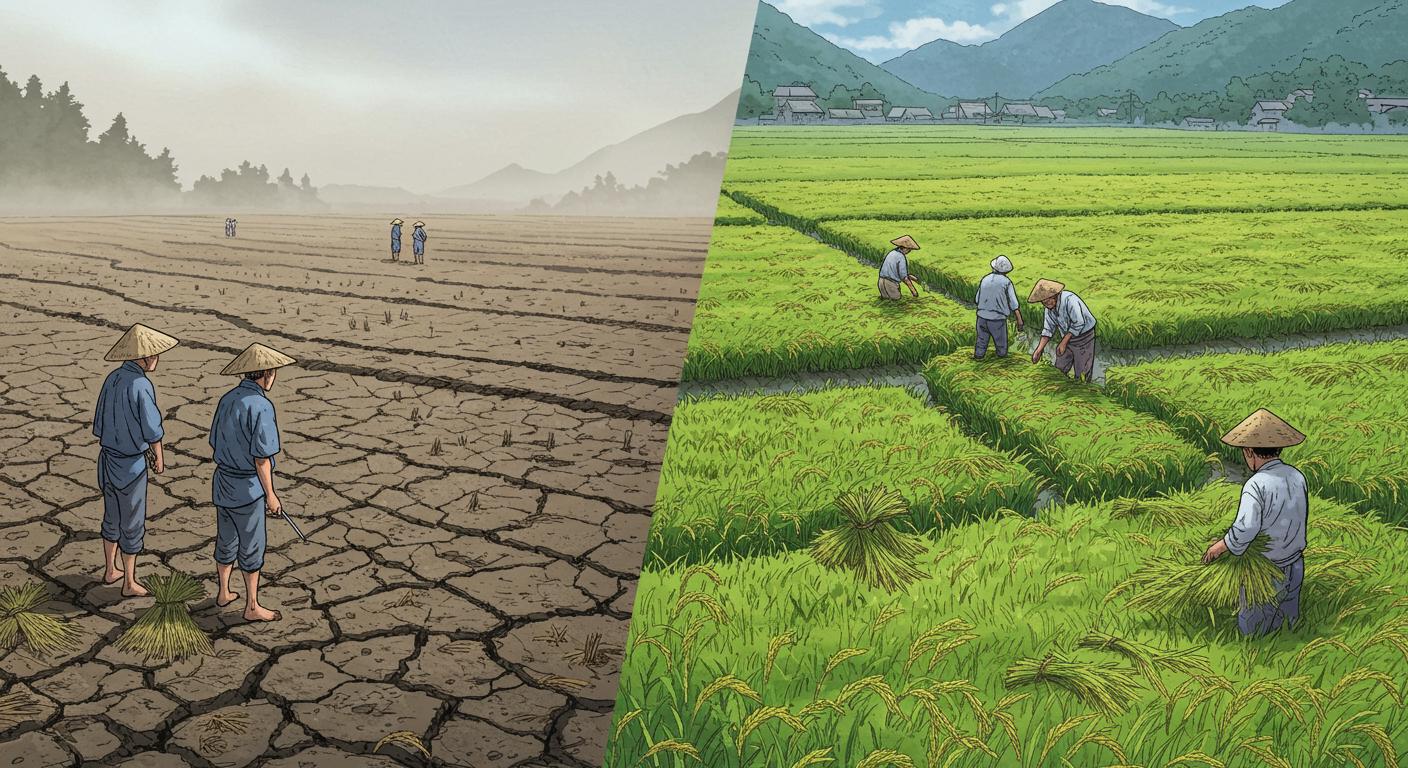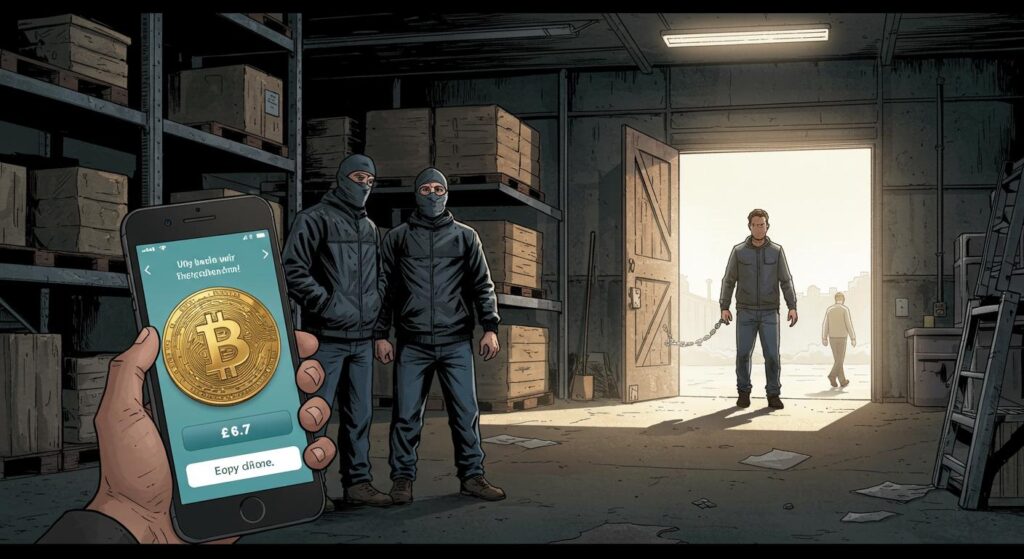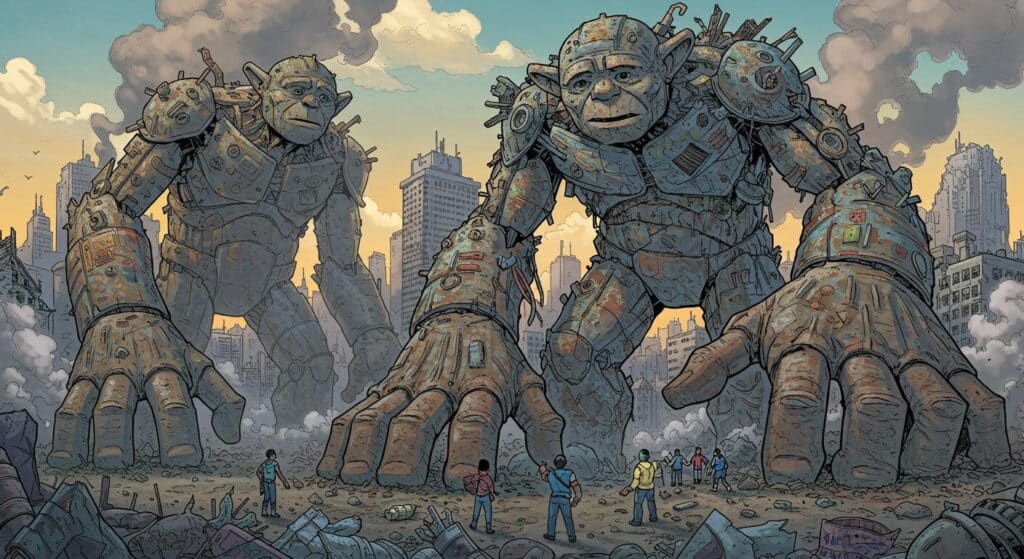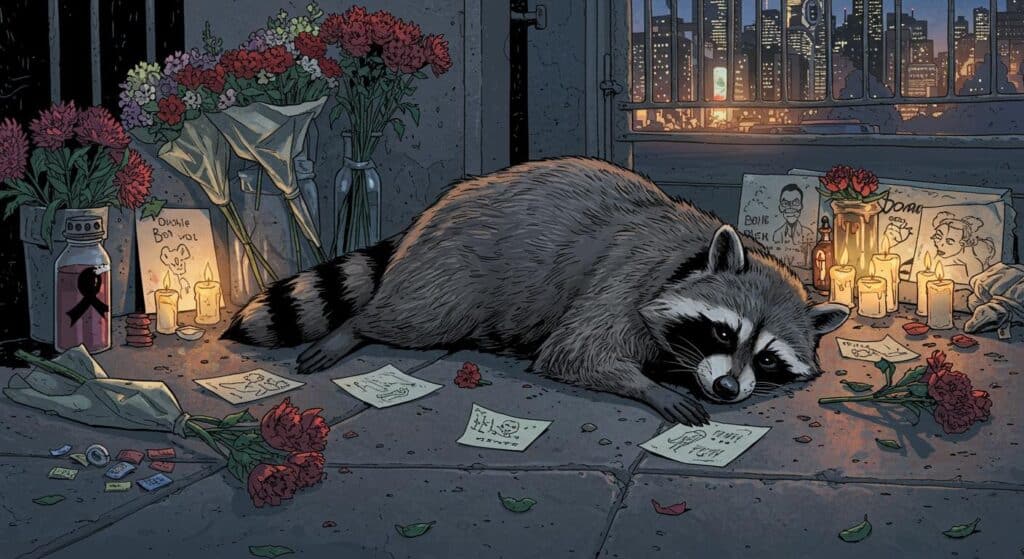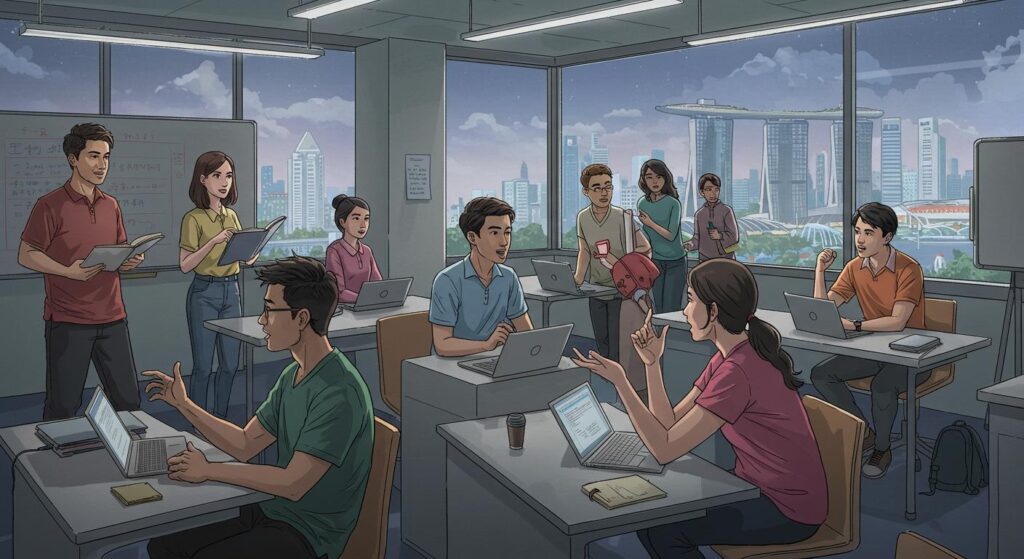Life loves a good twist, and lately, few culinary staples have spun stranger fortunes than rice—specifically in Japan and South Korea, neighbors close enough to swap weather forecasts but finding themselves on opposite ends of the pantry spectrum. As Channel NewsAsia documents, Japan is mired in a sharp rice shortage and rapidly climbing prices, while South Korea finds itself hip-deep in surplus, triggering protests, near-giveaway deals, and existential questions for farmers. Somewhere, a logistics planner is probably gazing across the Sea of Japan with a sigh and a calculator.
Japan: Sifting Through Scarcity
These days, Japanese rice bowls are conspicuously emptier. Domestic output has been sliced in half since its late-1960s peak. Factors at play include unforgiving heatwaves and a boom in tourism driving up demand—each pushing prices up and stockpiles alarmingly down. According to figures cited by Channel NewsAsia, only about 100,000 tonnes remain in government emergency reserves, a distressingly slim margin for a nation reliant on its daily onigiri.
The outlet also notes that in May, rice prices had doubled versus the prior year, while the sticker shock in July saw a standard 5kg pack climbing to over US$27. With supermarket shelves swept clean and even rural families—who usually enjoy under-the-table deals straight from local farmers—now feeling the pinch, the government cracked open its own granaries.
Layered atop these environmental and demographic woes is the long shadow of policy: since the 1970s, the Japanese government has paid farmers to reduce rice acreage, a plan born in an era when surpluses loomed and prices needed propping up. Yet as described by Channel NewsAsia, this “rice diet” is now coming home to roost.
Aging equipment isn’t helping the cause. Kazuyoshi Fujimoto, a 15-hectare grower, recounted to the outlet the astronomical costs needed to keep machinery running—so much so that he’s plotting an exit to figs, a decidedly less sacred crop. Meanwhile, efforts to boost private imports are hampered by hefty tariffs; unless one’s famously partial to premium-priced American rice, the “just ship it in” solution seems about as effective as patching a rice paddy with duct tape.
Analysts interviewed by Channel NewsAsia point out that the production chain isn’t just shrinking—it’s growing ever more convoluted. Middlemen are reportedly paying as much as three times more for rice in certain regions compared to last year, but systemic inefficiencies mean the supply squeeze persists. And with Japan’s farming population fading into retirement, the government’s attempts to consolidate farmland have run headlong into that immovable object: the politically formidable agricultural cooperatives.
South Korea: Too Much of a Good Thing
Meanwhile, across the water, South Korean rice farmers confront a very different headache: too much rice and too few buyers. Over the past three years, government purchases of surplus stock have hit 1.2 million tonnes, valued at nearly US$1.9 billion, as detailed in Channel NewsAsia’s report. Much of it sits in government storage, some earmarked for disaster reserves, while the rest is routinely resold to food manufacturers or distributed to low-income families at prices that would make a bargain-hunter blush—sometimes just US$2 for a 10kg pack.
Park Geun Sik, a life-long farmer in Haenam, described to Channel NewsAsia how the process has shifted from laborious handwork to total mechanization, and how membership in the National Agricultural Cooperative Federation, Nonghyup, guarantees a sale—if not a profit. Despite the government’s best efforts to stabilize prices through purchasing programs and “quarantine rice,” margins for farmers continue to thin.
Gu Gwang Seok, executive director of the Korean Peasants League (Gwangju), told Channel NewsAsia that rice prices have barely budged in three decades, due in large part to South Korea’s commitment under World Trade Organization rules to import rice annually—roughly 13% of its domestic production or about 408,000 tonnes, even amid a glut. This paradox has pushed farmers into the streets in protest, demanding price guarantees and import restrictions.
Exporting excess rice isn’t a silver bullet either: as explained in the outlet’s report, the particular sticky, short-grain Japonica variety favored by Korean growers finds few willing takers abroad, with the notable exception of—yes—Japan.
Against this backdrop, some Korean farmers are simply giving up on rice. Kim Jun Hyeong revealed to Channel NewsAsia that he’s now dedicating half his land to beans, a shift made lucrative by government incentives and the simple math that beans fetch almost twice the price of rice. The change has nearly doubled his income, a fact both heartening and—given the national identity woven through rice farming—a little surreal.
If you’re hunting for silver linings, rice is getting a second life in creative places. Channel NewsAsia profiles Rike Bakery in Seoul, which has gone all-in on rice flour as its calling card, an alternative to wheat with a comforting and “healthier” vibe that owner Jeon Hee Ju says is catching on, even if it’s a pricier gamble.
Playing Pass the Rice (and the Blame)
What we’re left with is a curious mirror image: Japan, once the bastion of surplus, now scrambling to import rice—even dipping into Korean stocks for the first time since 1999—while Korea struggles beneath a mountain of unsellable crop, hoping at least some of it makes its way across the sea.
The irony isn’t lost in Channel NewsAsia’s coverage. Bureaucratic inertia and entrenched interests maintain the stalemate on both sides: Japan’s fragmented, elderly farm sector resists consolidation while political power hovers with agricultural cooperatives; Korean farmers find it easier to grow beans or stage protests than to entice foreign buyers. And across the board, policymakers choose between supporting tradition and facing economic reality—a balancing act with all the grace of a sack race across a muddy field.
Does any realistic fix exist? Even with one country’s abundance poised to answer another’s shortage, taste preferences, tariffs, and quota limits keep a simple swap off the table. There’s a certain Kafkaesque logic to it all. Is it the world’s most inefficient relay race, or does the system contain an odd sort of equilibrium—just not the kind anyone would plan on purpose?
The Takeaway: Harvesting Irony
Rice: the humble grain that’s anchored cultures, rituals, and weekday lunches. And yet, as government policies, climate swings, and the idiosyncrasies of taste tie supply and demand in contradictory knots, it’s clear that even the most dependable staple can slip from under the communal chopsticks.
In the end, Japan’s dwindling bowl and Korea’s brimming silo reveal a perfect asymmetry: one driven not only by geography, but by human stubbornness and bureaucratic bravado. Perhaps the most rice can hope for now is a starring role in niche bakery goods, or a stint as next season’s political football.
How did the world’s most comforting carb become the center of such an odd international drama? Maybe we’re left, like so many farmers, to just shake our heads and ask, “Would anyone care to trade a few kilos—for some beans, perhaps?”

